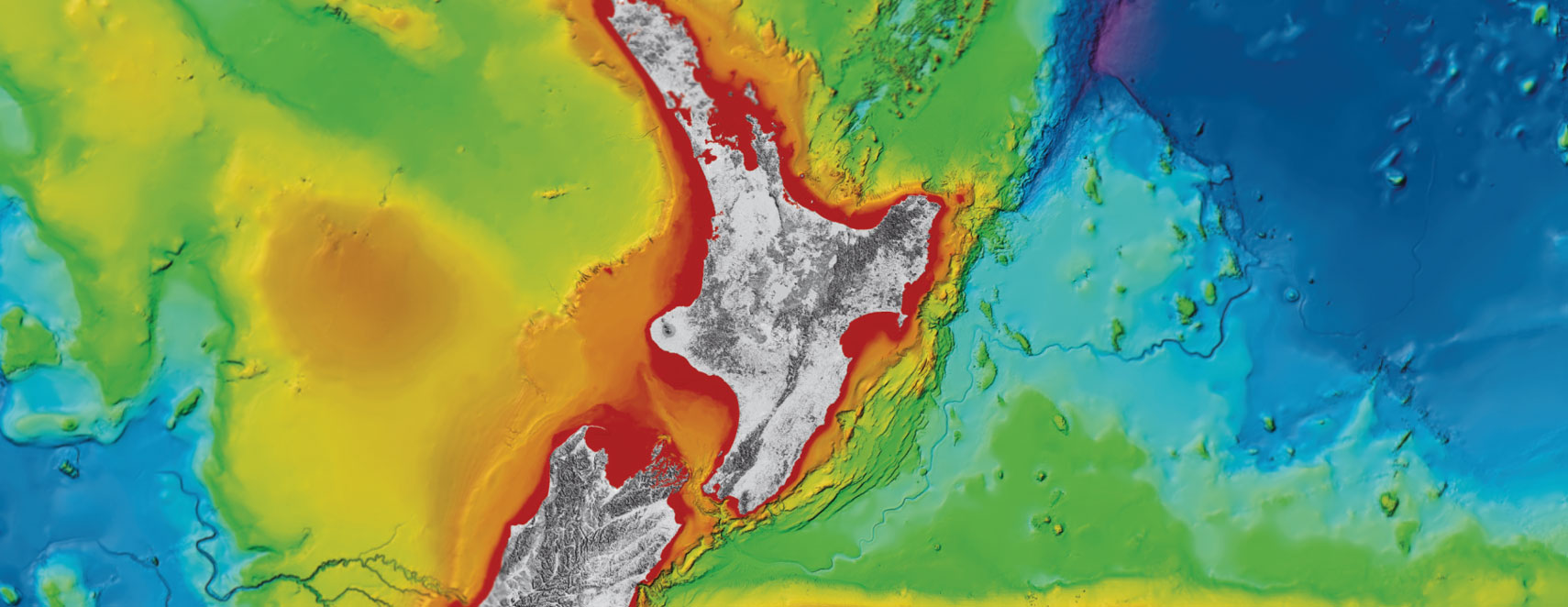
Would an earthquake early warning system work for New Zealand?

QC is providing $61,000 in research funding to support its mission of reducing the impact of natural disasters on people and property.
Research team leader Dr Julia Becker, a social scientist at GNS Science, says Japan, Mexico and parts of the USA have systems that give people seconds or even up to two minutes warning that a large earthquake is about to hit.
“Earthquake scientists on our team tell us that with New Zealand’s geography and location of faults, the maximum warning would be more like a minute here,” she says. “If you were nearer the epicentre however, you might not get a warning, or it might only be a matter of seconds”.
Dr Becker says that the research is taking a social science view of early warning.
“Other countries started with installing the technology and then seeing how it was used,” she says.
“What we’re looking at is how it’s likely to be used by New Zealanders before anything is planned. This will help define what kind of investment could be most useful.
“An earthquake early warning system is expensive. In New Zealand it would likely take many more seismographs and improvements to our current data transmission and analysis system to be effective,” she says.
The research team brings together earthquake scientists, engineers, statisticians, modellers and social scientists to get a full picture for New Zealand, says Dr Becker.
“One of the main things we want to find out is how people would use the time given by a warning system to make themselves and others safer.
“For instance in Japan, warnings for large earthquakes are automatically texted out and used immediately by train drivers to slow the trains down, for surgeons to make a patient safe during an operation and for the general public to take safety steps.
“Here we’ll be looking at how it might be used for hospitals, rail and road transport, manufacturing and the general public. We’ll also be looking at what the most effective channels for sending out warnings would be.”
Dr Becker says that early warning systems can work because earthquakes send out two kinds of waves. “It’s a bit similar to lightning and thunder. When the electrical discharge happens, you first see the lightning that travels really fast, and you hear the thunder later depending on how far away you are.
With an earthquake, the P-waves travel very fast and are picked up by the seismograph almost immediately, automatically sending an alert about the location and strength of the earthquake.
The S-waves that cause the shaking and damage travel more slowly, so unless you’re at the centre of the earthquake, you can get a warning of what is coming.”
This research is a first step in understanding whether an earthquake early warning system would be useful for New Zealand. Separate studies on the economic and engineering aspects would also be needed before any serious consideration was given to such a system.
Dr Hugh Cowan, EQC General Manager Resilience, says there is a lot of interest in earthquake early warning systems. “What this research will indicate are the possible social economic and social benefits, and what might be worth further consideration for New Zealand conditions and use.”
Dr Becker expects the study to take around two years.
Disclaimers and Copyright
While every endeavour has been taken by the East Coast Lab Hikurangi Subduction Zone M9 to ensure that the information on this website is
accurate and up to date, East Coast Lab Hikurangi Subduction Zone M9 shall not be liable for any loss suffered through the use, directly or indirectly, of information on this website. Information contained has been assembled in good faith.
Some of the information available in this site is from the New Zealand Public domain and supplied by relevant
government agencies. East Coast Lab Hikurangi Subduction Zone M9 cannot accept any liability for its accuracy or content.
Portions of the information and material on this site, including data, pages, documents, online
graphics and images are protected by copyright, unless specifically notified to the contrary. Externally sourced
information or material is copyright to the respective provider.
© East Coast Lab Hikurangi Subduction Zone M9 - www.eastcoastlab.org.nz / +64 6 835 9200 / info@eastcoastlab.org.nz
